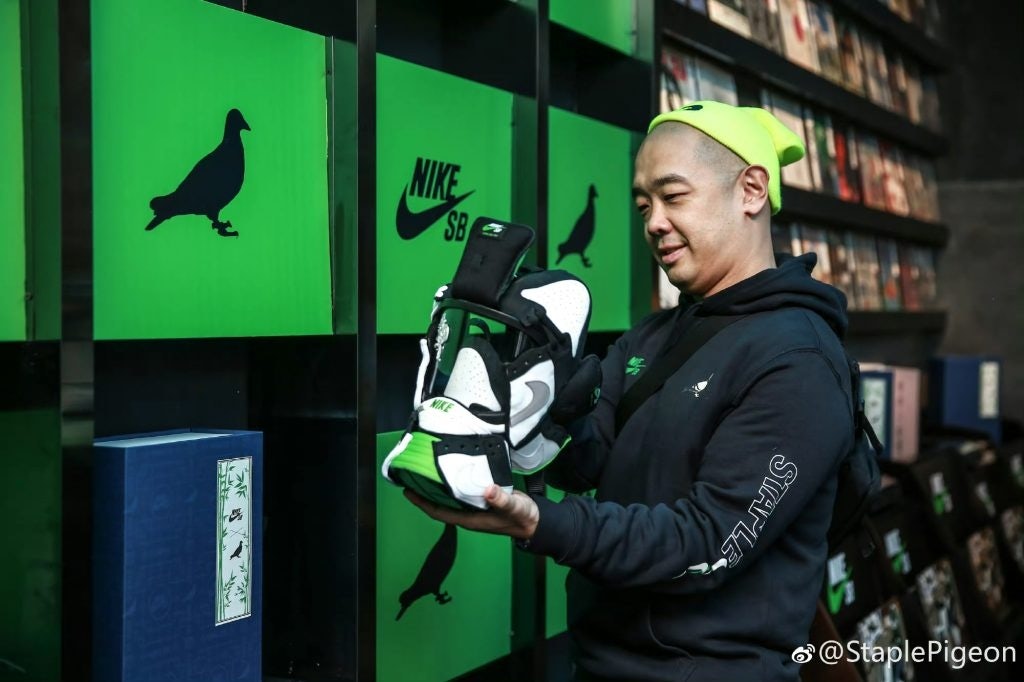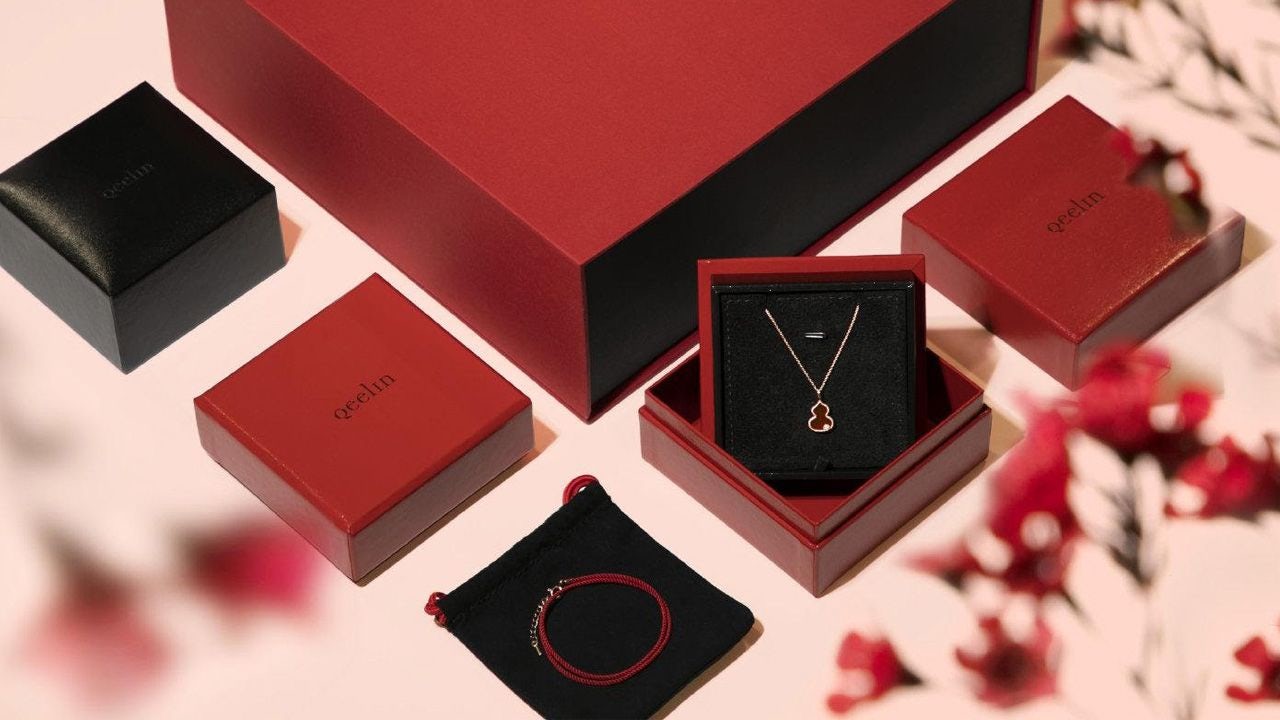Those who follow streetwear will remember June 2019 as the time that China went crazy for Kaws. The viral video of shoppers clawing at the 15 (103.60 RMB) Uniqlo T-shirts in a frenzy illustrated the dangerous impact that hype (at its highest) can create when products are launched offline.
Although, in today’s COVID-19 climate, that situation would have been shut down before it even began; China canceled the in-store launch of Swatch x Omega back in March 2022 because of pandemic restrictions, directing it online. Still, when launching limited-edition collaborations in the mainland, brands must be cautious with their social media strategies in order to avoid sparking excessive queues or, in some rare cases, riots.
Founder of Staple and streetwear aficionado Jeff Staple told Jing Collabs & Drops in an interview in June 2022 that China’s extreme crowds are very much at the forefront of his mind when initiating new releases. “There have been conversations between us discussing how we know something is going to be big, but we have to temper how big we want it to go,” he explained. “We don’t want chaos to ensue so we do try and control the promotion.”
Staple describes one particular drop that the brand had in Chengdu as a “football game in England gone bad” due to the heavy compression of bodies in queues. “It was a scary situation. People either wanted to get a product, shake my hand or get a photo with me. It’s the strangest phenomenon in China, but it was going on like a thousand-fold, so we knew we had to control it for future events,” he said.

The adrenaline rush of managing to land something exclusive lies at the core of the collaboration drop model. It’s something that brands are increasingly adopting in China, with many opting for online-only sales presumably to avoid the crowds that Staple describes.
Moreover, where brands choose to launch their products can be crucial to reputations. Carol Chan, founder of marketing agency Comms8, discussed just that in an interview for Jing Collabs & Drops market research report The Drop: Understanding Successful Brand Collaborations. According to her, it’s important to consider one’s status in the market as well as the desired target consumer when deciding the online avenue.
“If it’s an emerging brand that is growing in the market, it tends to use major sales platforms, e.g., Tmall or JD.com for releasing the hyped drops for sales and mass awareness. But if it’s a well-known brand that has a strong direct existing customer base, then it would opt for a more exclusive channel such as WeChat private VIP group or mini-program on WeChat to announce the offer for its existing customers to engage and build a long-term relationship,” Chan exlained.
The majority of both global and Chinese brand collaborations spotlighted in the weekly issues of Jing Collabs & Drops are released online only. That ultimately stems from the desire to avoid huge lines and riots, as well as being able to have full control over the sale.
As sneakerhead Chris Colgan pointed out to Jing Daily, footwear names like Nike sell their own sneakers through an app to steer clear of being sabotaged: “They don’t want people trying to get early box pairs at stores. Some people will get there a little early and stores will backdoor them, selling for a higher price than what they’re worth and then those people go out and resell them.”
From crowd control to resale culture, luxury players need to be aware of these streetwear sales models as they’re ultimately part-streetwear brands themselves in 2022. Furthermore, in China, those born between 1990 and 2000 now make up 50 percent of the luxury market. With consumer attention span waning and shoppers only getting younger, luxury has no choice but to push drops, which consequently results in hype when done well. Due to the energy of crowds and the chaos that can ensue, it is worth keeping sales online where feasible and dampening social media campaigns for any bricks-and-mortar-located sales.
Beyond posts involving KOLs or photogenic pop-ups, campaigns on local social media do not tend to go viral anyway. If offline launches are desired, Sophie Dumenil, founder of China consulting agency The Chinese Pulse, recommends "digital tools, online purchase, reservation or offering better facilities to welcome people for queuing.”
Either way, particularly when releasing limited-edition collaborations in China, brands need to be aware of the ramifications of drop models. After all, today’s young consumer craves immediacy, the optimum adrenaline rush, and brands with a well-respected reputation. Sometimes, online drops are the best way to keep those boxes ticked.
For more analysis on the latest collaborations, check out Jing Daily’s weekly Collabs and Drops newsletter: a 360-degree lowdown on the world of collaboration. Sign up here.


